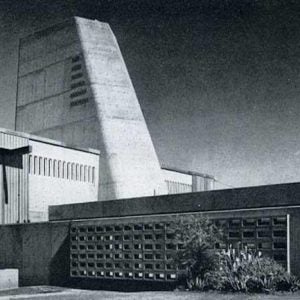The Nuclear Regulatory Commission (NRC) has asked staff to draft changes to the rules on depleted uranium so that the disposal of large amounts of the material will require a site-specific analysis.
Staff will also develop documentation outlining the parameters and assumptions to be used in conducting site-specific analyses, which will be available for public comment.
In a Staff Requirements Memorandum issued on 18 March, the NRC said that the rulemaking is not intended to change the classification of depleted uranium which is currently categorised as Class A low-level waste. However the memorandum said that: “Eventual changes to waste classification designations in the regulations must be analysed in light of the total amount of depleted uranium being disposed of at any given site.”
It also noted that “for significant amounts of depleted uranium, there may be a need to place additional restrictions on the disposal of the depleted uranium at a specific site or deny such disposal based on unique site characteristics.”
Depleted uranium is the byproduct of the uranium enrichment process. Two uranium enrichment facilities are currently under construction in the USA: Usec’s American Centrifuge Plant and Louisiana Energy Service’s National Enrichment Facility. In January, Areva submitted a licence application to the NRC for its proposed Eagle Rock Enrichment Facility in Idaho, while GE is planning to commercialise the Australian laser enrichment technology, SILEX, currently being demonstrated at it plant in Wilmington, North Carolina.
Related Articles
Hamaoka 5 and Shika 2 off line after turbine vane failures
Japanese reactors assessed following quake
Japan’s PR aftershock
Rokkasho delayed but restarts could be on the cards






